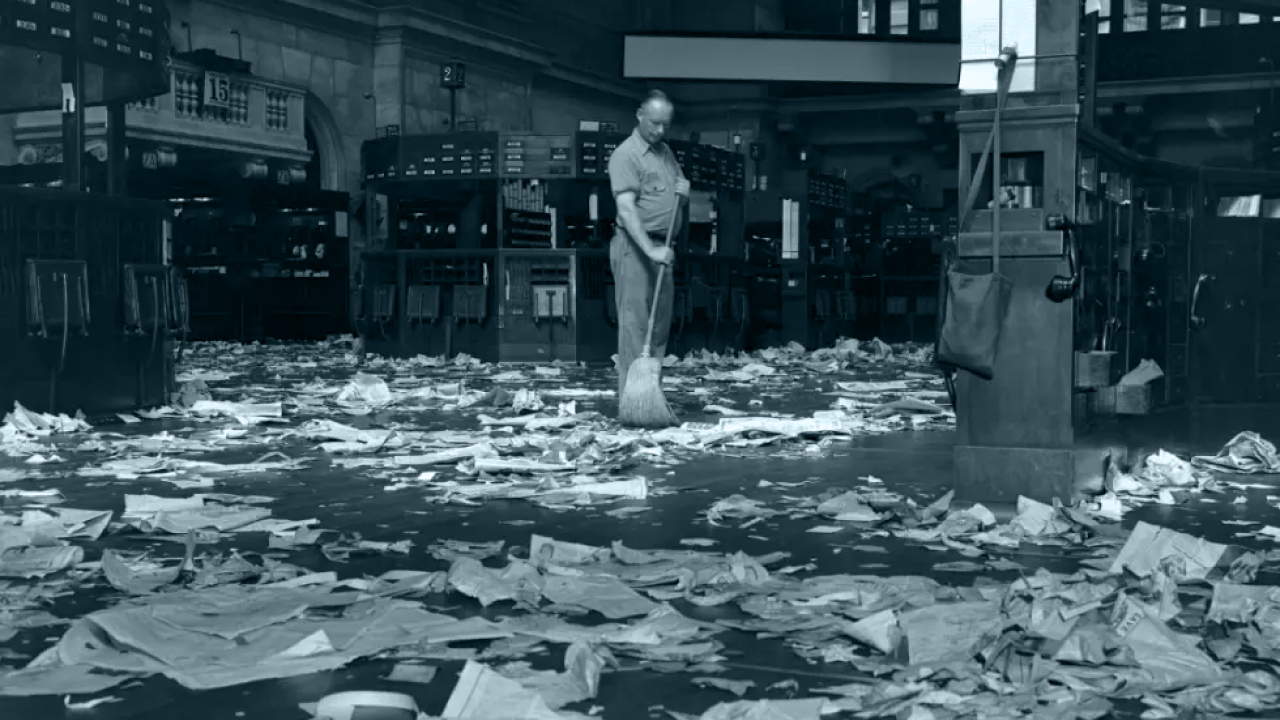Recently, Chief US Bankruptcy Judge Martin Glenn ruled[1] that $4bn of cryptoassets that were deposited in “Earn Accounts” of bankrupt crypto lender Celsius did not in fact belong to the customers that made those deposits. According to Celsius’ terms of use, the company held “all right and title to such Eligible Digital Assets, including ownership rights.” Judge Glenn ruled that those terms, which most Earn customers agreed to, meant that their deposits were Celsius’ property and therefore part of the bankruptcy estate.
This episode and the unfolding drama around FTX have highlighted the importance of protecting clients’ assets. As the markets look for someone to blame in this narrative, the finger has often been pointed at regulators. Surely if Celsius or FTX were regulated then this would not have happened? There is, indeed, plenty of focus on the better treatment of client funds by FTX.US, formerly LedgerX, which was regulated not once, not twice but thrice by the CFTC as a Derivatives Clearing Organisation (DCO), Designated Contract Market (DCM) and a Swap Execution Facility (SEF). Indeed, protecting client assets is a regulatory requirement in multiple pieces of legislation around the world, such as the EU’s Delegated Directive 2017/593 in MiFID II and the UK FCA’s Client Assets Sourcebook (CASS).
All this ignores the fact that protecting client assets can easily be achieved without being a regulatory requirement. It is an act of both prudence and honesty practiced by many unregulated firms, protecting clients from both malice and accidents or, as Prof. Laurence Gower, a founding father of asset protection, put it, investors need to be protected from both ‘ignorant fools as well as convicted crooks’. In short, clients need to be protected from defalcation.
Defalc-what?
Defalcation. Literally to be cut with a scythe or in legal terms an act committed by professionals in charge of handling money or property. The first major development in the protection of client funds in the UK followed the Boer War when the stock market collapsed, bankrupting many law firms. Traditionally, English law firms had commingled their funds with those of their clients. In 1901, converting funds or property in trust was made illegal, followed by mandatory bookkeeping courses in 1907 and segregated client accounts in 1933.
This requirement was not extended to stockbrokers or financial services until the late 1980s after several scandals hit in quick succession. In March 1981 an investment management company collapsed having invested £2.5m of its clients’ money in its own group of companies, which subsequently failed. In July 1981 the Manchester stockbroker Halliday Simpson collapsed because of irregular bookkeeping. The subsequent Gower Report examining the deficiencies in investor protection led to the 1986 Financial Services Act and, in 1988, the protection of assets properly belonging to clients, particularly when a firm becomes insolvent, became a cornerstone of the UK regulatory regime and has been ever since.
In the US the story was a little different. Before 1938, there had been little protection for customers of a bankrupt stockbroker unless they could trace the cash and the securities. In 1938 Congress enacted section 60(e) of the Bankruptcy Act, creating a single and separate fund to limit losses to customers by giving them priority over claims of general creditors. However, these funds were often inadequate and customer losses continued.
In the 1960’s the US securities industry had grown rapidly and by the end of the decade the sheer mass of stock trades overwhelmed back offices resulting in significant settlement delays in what was known as the ‘Paperwork Crisis’. This was followed by a large contraction in 1969-1970, which led to a substantial number of brokerages filing for bankruptcy. Customers who had assets with these firms were embroiled in lengthy proceedings. In addition to mounting customer losses and the subsequent erosion of investor confidence, Congress was concerned with a possible domino effect involving otherwise solvent brokers that had substantial open transactions with firms that failed.
Congress directed the SEC to create rules regarding the custody and use of customer securities, which it did in 1972 with Rule 15c3-3. In short, the rule dictates the amount of cash and securities that broker-dealer firms must segregate in protected accounts on behalf of their clients to ensure they can withdraw the bulk of their holdings on demand, even if a firm becomes insolvent.
A novel approach with a long history
Many actors in cryptoassets have therefore overlooked practices that, as we can see, have a long history in both other industries and asset classes. Of course in some cases this oversight may have been deliberate, having been made possible by the general lack of regulation of the asset class.
In our view, cryptoassets are here to stay and, indeed, so should the good practices such as these that investors expect in other asset classes.
[1] MEMORANDUM OPINION AND ORDER REGARDING OWNERSHIP OF EARN ACCOUNT ASSETS : CELSIUS NETWORK LLC, et al






